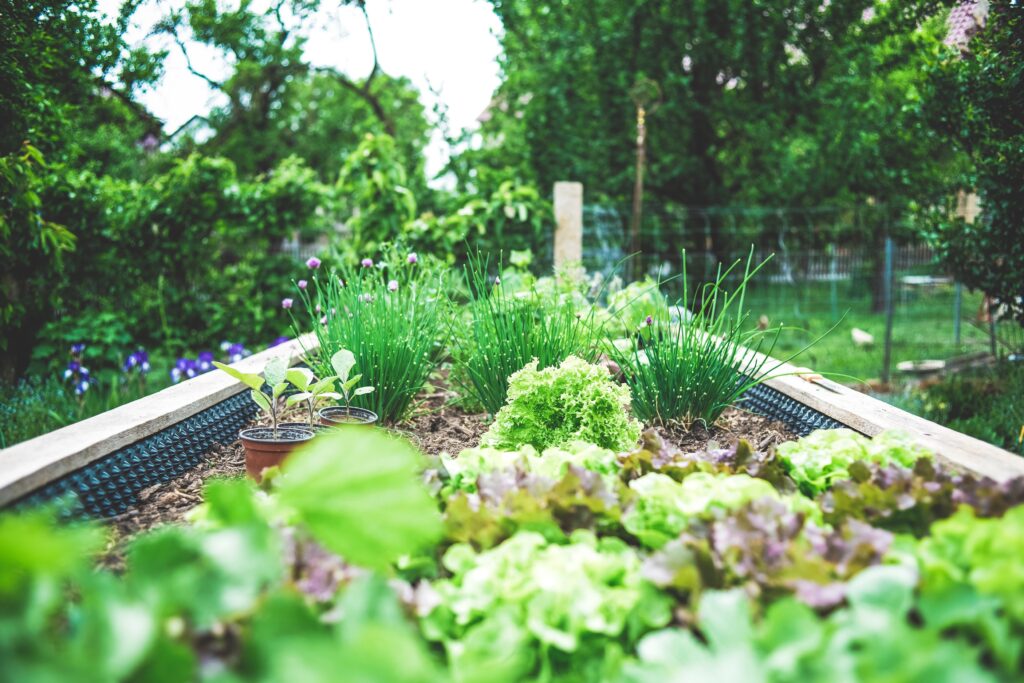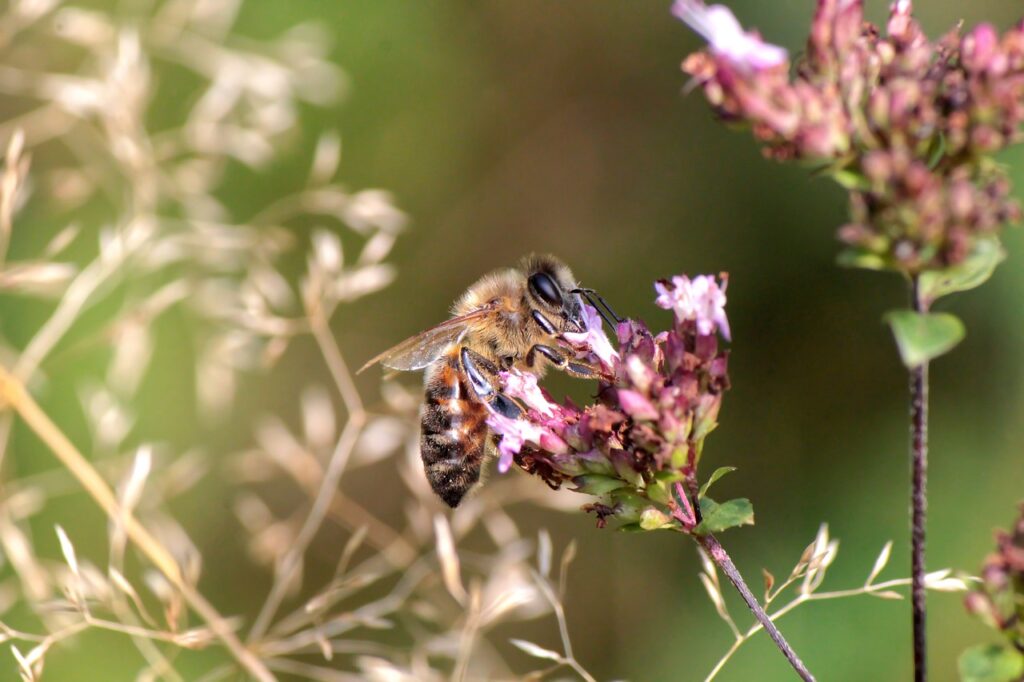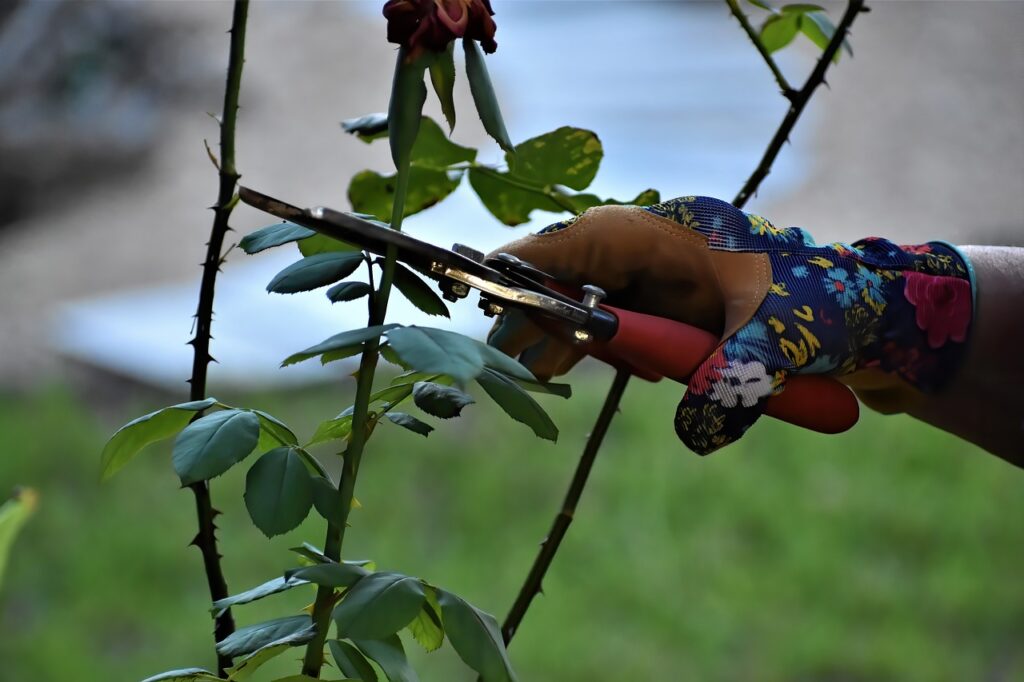Welcome to the world of gardening on a budget, where creativity meets resourcefulness, and stunning gardens come to life without overspending. Whether you’re a seasoned green thumb or a gardening enthusiast just starting, this comprehensive guide will equip you with the knowledge and inspiration to create a beautiful garden without emptying your wallet. From plant selection to DIY projects and smart budgeting tips, we’ll cover everything you need to know to turn your outdoor space into a captivating sanctuary.
Gardening on a Budget: Thrifty Tips for a Stunning Garden
Here are some thrifty tips to help you create a stunning garden without breaking the bank:
Embrace Native Plants and Perennials
Invest in native plants and perennials that are well-adapted to your region’s climate. These plants require less maintenance, less water, and they will come back year after year, saving you money on replacements and resources.
Investing in native plants and perennials that are well-adapted to your region’s climate is a wise and eco-friendly decision. Native plants have evolved over time to thrive in the specific conditions of your area, making them naturally resilient and low-maintenance. By choosing these plants, you can significantly reduce the need for constant care, saving both time and effort.
Another advantage of opting for native plants and perennials is their efficient water usage. These plants have adapted to the local rainfall patterns, making them less reliant on additional watering. As a result, you can conserve water and contribute to water sustainability in your region.
Furthermore, the perennial nature of these plants means they will return year after year, eliminating the need for frequent replacements and reducing the expenses associated with buying new plants regularly. Once established, they can enhance the beauty of your garden or landscape without requiring constant replanting.
Start with Seeds
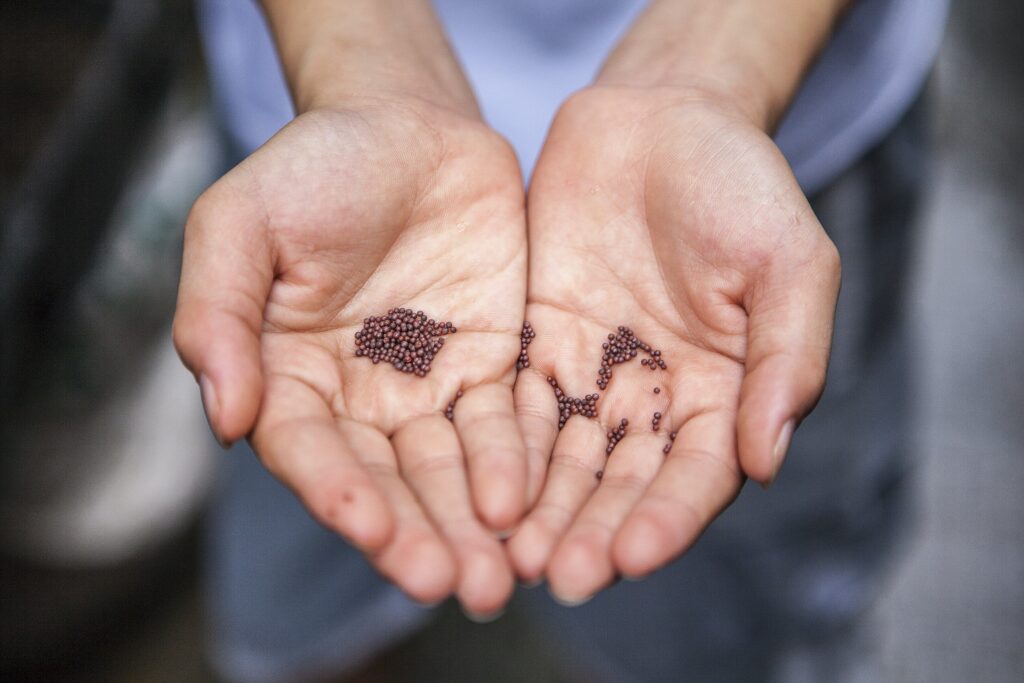
Seeds are a budget-friendly option for expanding your garden. You can find a wide variety of seeds for flowers, herbs, and vegetables at a fraction of the cost of mature plants.
Seeds present a fantastic and budget-friendly option for expanding your garden with a wide array of beautiful flowers, flavorful herbs, and nutritious vegetables. One of the greatest advantages of choosing seeds is that they are significantly more affordable than buying mature plants. You can find a diverse selection of seeds available at garden centers, nurseries, or through online retailers, all at a fraction of the cost of fully grown plants.
By starting from seeds, you have the opportunity to nurture your plants right from the very beginning, witnessing their growth and development firsthand. It’s a rewarding experience that allows you to cultivate a deeper connection with your garden and the natural world.
Moreover, the variety of seeds available is vast, giving you the freedom to select from numerous plant species, cultivars, and hybrids to suit your preferences and specific garden needs. Whether you want to create a vibrant flowerbed, grow a selection of aromatic herbs for culinary delights, or cultivate your own fresh vegetables, there’s a seed option for nearly every plant imaginable.
Propagate Your Plants
Learn the art of plant propagation. Many plants can be propagated from cuttings, divisions, or even kitchen scraps. This not only saves money but also allows you to multiply your favorite plants.
Learning the art of plant propagation is a rewarding and practical skill that can significantly enhance your gardening experience. The process of propagation involves creating new plants from existing ones through various methods such as cuttings, divisions, and even utilizing kitchen scraps. Not only does this practice save you money on purchasing new plants, but it also offers the opportunity to multiply your favorite plant varieties, ensuring a bountiful and diverse garden.
Dividing plants is another effective way to propagate certain species. Plants that naturally grow in clumps or have a well-developed root system can be divided into smaller sections, each of which can grow into a new individual plant. This method is particularly useful for perennial plants, ornamental grasses, and some herbaceous species.
Even kitchen scraps can be transformed into new plants through propagation. For instance, regrowing certain vegetables like green onions, lettuce, or celery from their discarded roots can yield fresh produce without needing to buy seeds or new seedlings. It’s a fun and sustainable way to make the most of kitchen waste and enjoy the rewards of home-grown produce.
Mulch Matters
Use organic materials such as leaves, grass clippings, or wood chips to save money on mulch. Mulching your garden beds helps retain moisture, suppress weeds, and improve soil health.
Utilizing organic materials such as leaves, grass clippings, or wood chips as mulch is a cost-effective and eco-friendly approach to maintaining your garden beds. Mulching offers a myriad of benefits, including moisture retention, weed suppression, and improved soil health, making it an essential practice for any gardener.
By opting for organic mulch, you can take advantage of readily available materials that might otherwise go to waste. Leaves collected during fall, grass clippings from lawn mowing, and wood chips from tree pruning can all be repurposed as mulch, saving you money on buying commercial mulch products.
One of the primary advantages of mulching is its ability to retain moisture in the soil. Organic mulch acts as a protective barrier, reducing evaporation and preventing water from escaping due to sun and wind exposure. This moisture conservation not only benefits your plants by ensuring they receive a steady supply of water, but it also reduces the need for frequent watering, conserving water resources in the process..
Join a Plant Swap
Participate in local plant swaps or gardening groups where you can exchange plants and cuttings with other enthusiasts. It’s an excellent way to diversify your garden collection without spending money.
Participating in local plant swaps or joining gardening groups is a fantastic way to expand and diversify your garden collection without breaking the bank. These gatherings bring together like-minded enthusiasts who are eager to exchange plants, cuttings, seeds, and gardening knowledge, fostering a sense of community and camaraderie among gardeners.
Plant swaps offer a unique opportunity to acquire new plant varieties that you might not find easily in commercial nurseries. Other gardening enthusiasts may have cultivated rare or uncommon plants that they are willing to share, allowing you to add unique and interesting specimens to your garden.
Exchanging plants and cuttings also contributes to biodiversity in your garden. By introducing new species and cultivars, you create a more diverse and vibrant ecosystem, which can attract a wide range of pollinators and wildlife. This biodiversity enhances the overall health and resilience of your garden, making it better equipped to withstand pests and diseases.
Additionally, participating in plant swaps or gardening groups gives you the chance to learn from experienced gardeners and share your own knowledge with others. Gardening enthusiasts often have valuable insights, tips, and tricks to offer, helping you improve your gardening skills and fostering a continuous learning process.
DIY Garden Decor
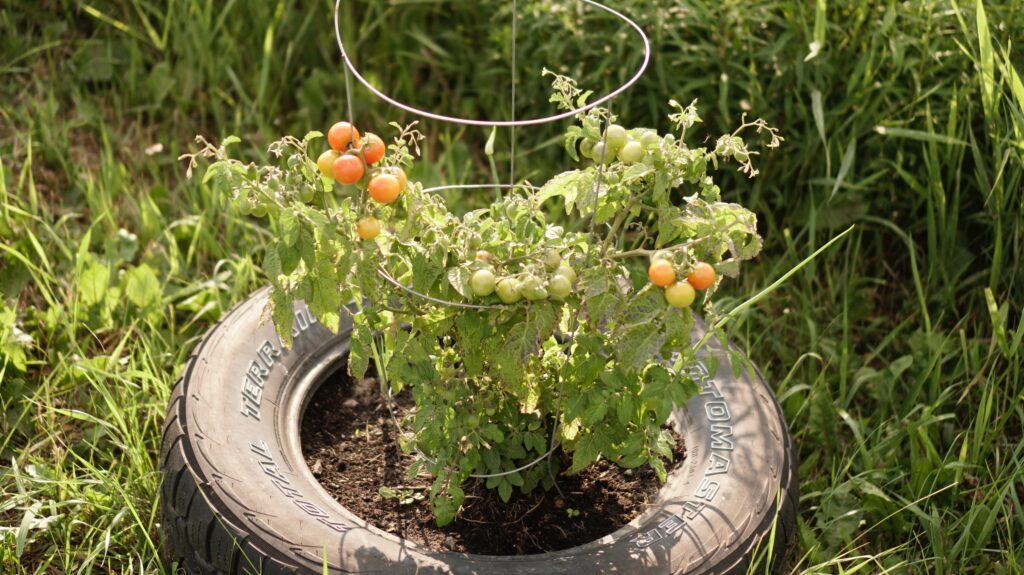
Create your own garden decorations and ornaments using materials found around the house or at thrift stores. Paint rocks to mark your plants, design wind chimes, or make mosaic stepping stones.
Creating your own garden decorations and ornaments using materials found around the house or at thrift stores is a delightful and cost-effective way to add a personal touch to your outdoor space. With a bit of creativity and resourcefulness, you can craft unique and charming adornments that will enhance the beauty and character of your garden.
One simple yet enjoyable DIY project is painting rocks to mark your plants. Gather smooth rocks or stones from your garden or nearby outdoor areas and clean them thoroughly. Then, let your artistic flair shine by painting the rocks with vibrant colors, intricate patterns, or even the names of the plants they represent. These painted rocks not only serve as practical plant markers but also add a touch of color and whimsy to your garden beds.
Repurposing old or unused items from thrift stores is an eco-friendly approach to garden ornamentation. Consider transforming vintage teacups into charming planters, using wooden pallets to create rustic vertical gardens, or turning old bicycle wheels into unique trellises for climbing plants. With a bit of ingenuity, the possibilities for upcycled garden décor are endless.
Not only does DIY garden decoration offer a sense of accomplishment and creative expression, but it also encourages sustainable practices by reducing waste and promoting the reuse of materials. Plus, the handmade decorations add a personal touch to your garden, making it a truly special and inviting space that reflects your personality and artistic flair.
Opt for Sustainable Watering Solutions
Save on your water bill by utilizing sustainable watering methods like rainwater harvesting, drip irrigation, or using a soaker hose system.
Saving on your water bill while maintaining a healthy and thriving garden can be achieved through the implementation of sustainable watering methods. By incorporating practices like rainwater harvesting, drip irrigation, or using a soaker hose system, you can efficiently water your plants and reduce water waste.
Rainwater harvesting is an excellent way to utilize nature’s gift and minimize reliance on municipal water supplies. Installing rain barrels or collection systems to capture rainwater from your roof or gutters allows you to harness this free and abundant resource. Collected rainwater can then be used to water your garden during dry periods, reducing your water bill and conserving precious freshwater resources.
Drip irrigation is another efficient watering technique that delivers water directly to the plant roots, where it’s needed most. This method involves using a network of hoses or tubes with small emitters or drippers that release water slowly and steadily. Drip irrigation minimizes evaporation and runoff, ensuring that water is efficiently delivered to plants while reducing water wastage.
A soaker hose system is an easy and cost-effective way to water your garden efficiently. These porous hoses release water along their length, allowing the water to seep into the soil at a slow and steady pace. Soaker hoses are particularly useful for watering plant beds or vegetable gardens, as they prevent water from being wasted on non-essential areas.
In addition to these watering methods, there are several other water-saving practices you can implement to further reduce your water bill and support sustainable gardening. Water your garden during the cooler parts of the day, such as early morning or late afternoon, to minimize evaporation. Consider using mulch around your plants to retain moisture in the soil and reduce the frequency of watering.
DIY Pest Control
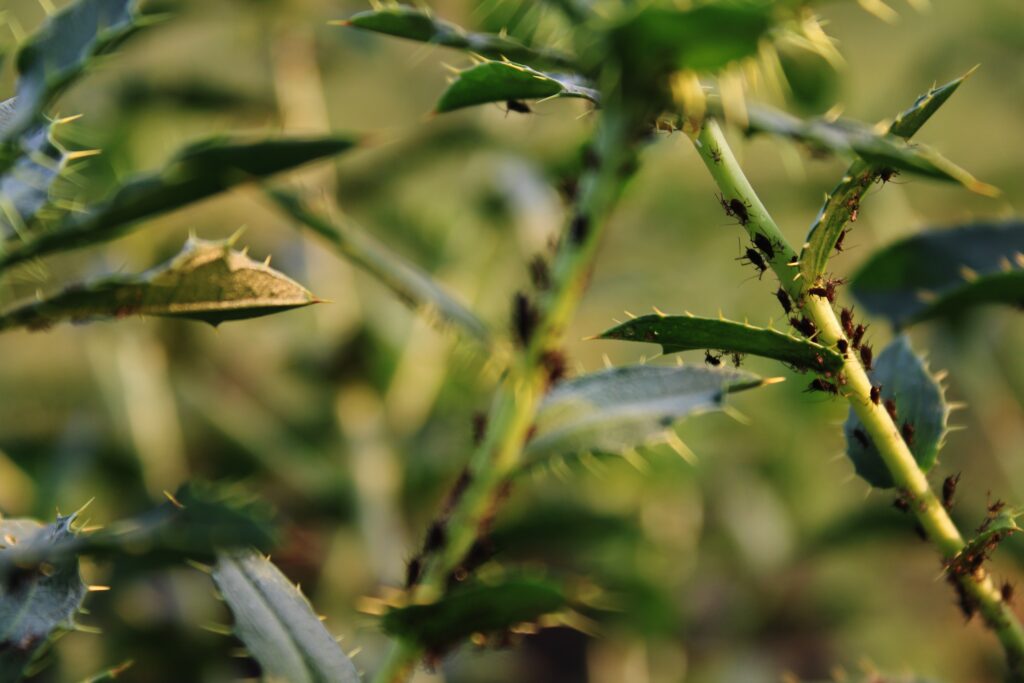
Combatting garden pests naturally is an eco-friendly and effective approach that avoids the use of harmful chemicals and promotes a healthier garden ecosystem. By creating homemade pest repellents using simple ingredients like garlic, neem oil, or chili peppers, you can protect your plants from pests while maintaining a safe environment for beneficial insects and wildlife.
Garlic is a potent natural pest repellent that can deter a wide range of garden invaders, including aphids, slugs, and caterpillars. To create a garlic spray, simply crush several garlic cloves and mix them with water in a spray bottle. Let the mixture sit overnight, then strain it and spray it on the affected plants. The strong odor of garlic acts as a deterrent, keeping pests at bay without causing harm to your plants or the environment.
Neem oil is another excellent natural pest repellent derived from the seeds of the neem tree. Neem oil contains compounds that disrupt the feeding and growth of various garden pests, such as mites, whiteflies, and caterpillars. Dilute neem oil with water according to the package instructions, and apply it to the affected plants using a spray bottle. Neem oil is safe for beneficial insects and won’t harm birds, bees, or other wildlife.
Chili peppers or hot peppers can also be used to create a homemade pest repellent spray. The capsaicin in chili peppers creates a burning sensation in insects and pests, deterring them from munching on your plants. To make a chili pepper spray, blend a few hot peppers with water, strain the mixture, and add a few drops of dish soap to help the solution adhere to the plants. Spray the mixture on your plants, taking care to avoid getting it on your skin or in your eyes.
In addition to homemade sprays, you can introduce natural predators to your garden to help control pests. Ladybugs, lacewings, and praying mantises are beneficial insects that prey on aphids, mites, and other pests, keeping their populations in check.
Save Seeds for Next Year

Collecting and storing seeds from your own plants is a simple yet rewarding practice that not only saves money but also ensures the continuity of your favorite plant varieties. By learning how to harvest and store seeds properly, you can avoid the need to purchase new seeds each year and create a self-sustaining garden.
To start seed collection, allow some of your plants to go to seed naturally. As the plants mature, you’ll notice seed pods or seed heads forming. Once these seed pods have dried on the plant, carefully collect them and place them in a paper bag or envelope. Make sure the seeds are completely dry before storing them, as moisture can lead to mold or decay.
Label each bag or envelope with the name of the plant and the date of collection. This information is crucial for organizing your seed collection and identifying the seeds when it’s time to sow them the following year.
Store the seeds in a cool, dry, and dark place, such as a pantry or a drawer. Some gardeners use airtight containers or glass jars to ensure that the seeds remain viable for a longer time. It’s best to avoid storing seeds in plastic bags, as they can retain moisture and reduce the seed’s viability.
Different plant species have varying lifespans for their stored seeds. Some seeds remain viable for several years, while others may have a shorter shelf life. To maximize the chances of successful germination, it’s a good idea to use the stored seeds within a year or two, especially for vegetables and annual flowers.
When the planting season arrives, you can sow the seeds you’ve collected directly in the garden or start them indoors for transplanting later. Remember that seeds need suitable growing conditions, including the right soil, water, and sunlight, to germinate and grow into healthy plants.
Conclusion
Gardening on a budget doesn’t mean compromising on beauty and creativity. By adopting these thrifty tips and being resourceful, you can transform your garden into a stunning oasis without straining your finances. Embrace sustainable practices, DIY projects, and community engagement to make your gardening journey enjoyable and affordable. Let your green thumb flourish without breaking the bank!
FAQs (Frequently Asked Questions)
What are some budget-friendly garden decor ideas?
Get creative with budget-friendly garden decor by upcycling old items, using DIY materials, and designing your own garden ornaments.
Can I grow plants from kitchen scraps?
Absolutely! Many kitchen scraps can be regrown into new plants, reducing waste and providing you with new greenery.
How can I water my garden sustainably?
Consider sustainable watering solutions like rainwater harvesting, drip irrigation, and soaker hose systems to save water and money.
Where can I find affordable gardening tools?
Look for gently used gardening tools at thrift stores or garage sales, saving money without compromising quality.

